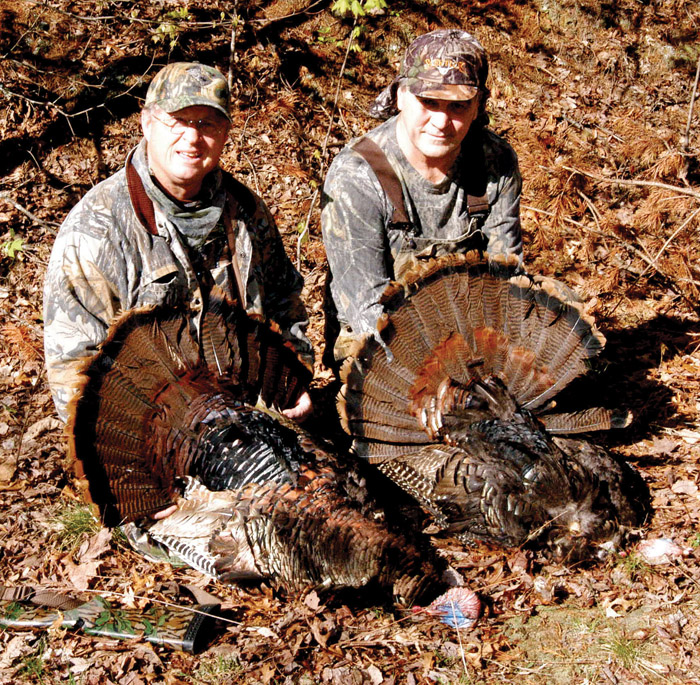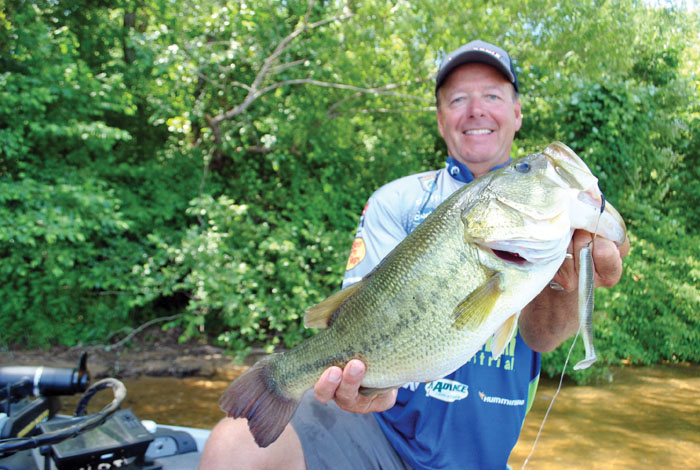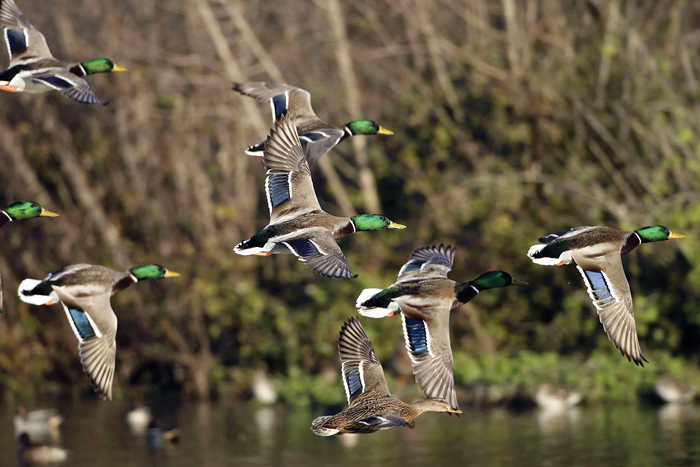Gibbons column: Wild weather harder on humans than wildlife
Published 12:00 am Wednesday, May 11, 2011
The funnel of fury that passed through Tuscaloosa, Ala., in late April left thousands of people reeling with personal losses of property, pets, and even lives.
The terrifying tornado destroyed homes, businesses, and entire communities. A different environmental tragedy struck the Midwest as record-breaking floods breached levees of the countryís mightiest rivers. Floods and tornados can be devastating from a human perspective, and people must be our first and foremost concern. But some have asked, how do such natural disasters affect native wildlife?
The answer is simple. The overall impact on natural ecosystems and wildlife communities is minimal in the long run. Although the local impacts of two-story high flooding or 200 mph winds are evident immediately, all species native to an area had ancestors that were able to weather similar extremes of wind and water. With us today are the species that have persisted because former generations faced similar weather phenomena and survived.
Although temporarily gone from wind-ravaged or flooded areas, birds and other animals will soon return. Native trees that have disappeared will soon be replaced by seedlings of the same species. Although of small consolation to a homeless family or the owner of lost or damaged property, no native species of plant or animal will be lost because of tornados or floods.
We do not perceive wildlife as suffering the devastating effects from floods and tornados in the same way as people because we measure impacts differently for wild animals than we do for ourselves.
With people, and even with our pets, we empathize with each individual who suffers. We have all seen photos or videos of someone stranded atop a house in the floodplain of a swollen river, people examining a pile of wood, metal, and paper that was once their home, or police searching for a missing person beneath a collapsed building.
Even the rescue of a pet can make national news. And most people relate personally and with empathy to each incident.
In contrast, with wild animals we hear a few stories of the plight of individuals, but for the most part we focus on how a population or the species itself fared. Wrens and robins unquestionably were killed or displaced from many local communities in Alabama by tornados.
But no species of bird was irreparably impaired. Other individuals of each species will eventually return, emigrating from surrounding unaffected areas.
On another scale, few animals have ěpersonal propertyî that can be lost in a tornado or flood. All a coon or turtle has to do is survive. Their home is where they choose to be at any particular moment. One group of animals with structural assets are birds with nests, and indeed this springís natural disasters have eliminated many a family of bird. But birds are resilient. In the long run, more nests will be built and more eggs will be laid, eventually even in what are now destroyed habitats.
Among other property losses by wildlife, beavers lose dams and lodges due to powerful flooding. But in the nature of beavers, they simply set about repairing the damage as soon as water levels decline, and their life goes on.
Despite the worst weather-related natural disasters the world can offer ó floods and tornados, as well as hurricanes, droughts, and forest fires ó the ancestors of all our native wildlife evolved to deal with them.
None of these phenomena ultimately affect healthy populations of wildlife. And of course no wildlife affect the weather.
But humans are different. Personal lives can be permanently altered by the vagaries of weather. And we are different in another way in that we influence some natural disasters. Damage from some floods can be attributed to the configuration and structural integrity of levees, dikes. and dams.
We are responsible for some out-of-control forest fires because we have suppressed natural burning patterns. Are we also responsible for dramatic climate changes brought about by carbon dioxide emissions emanating from industrial countries like ours? The wildlife doesnít care, but should we?
Whit Gibbons is an ecologist and environmental educator with the University of Georgiaís Savannah River Ecology Laboratory. Send environmental questions to ecoviews@gmail.com




